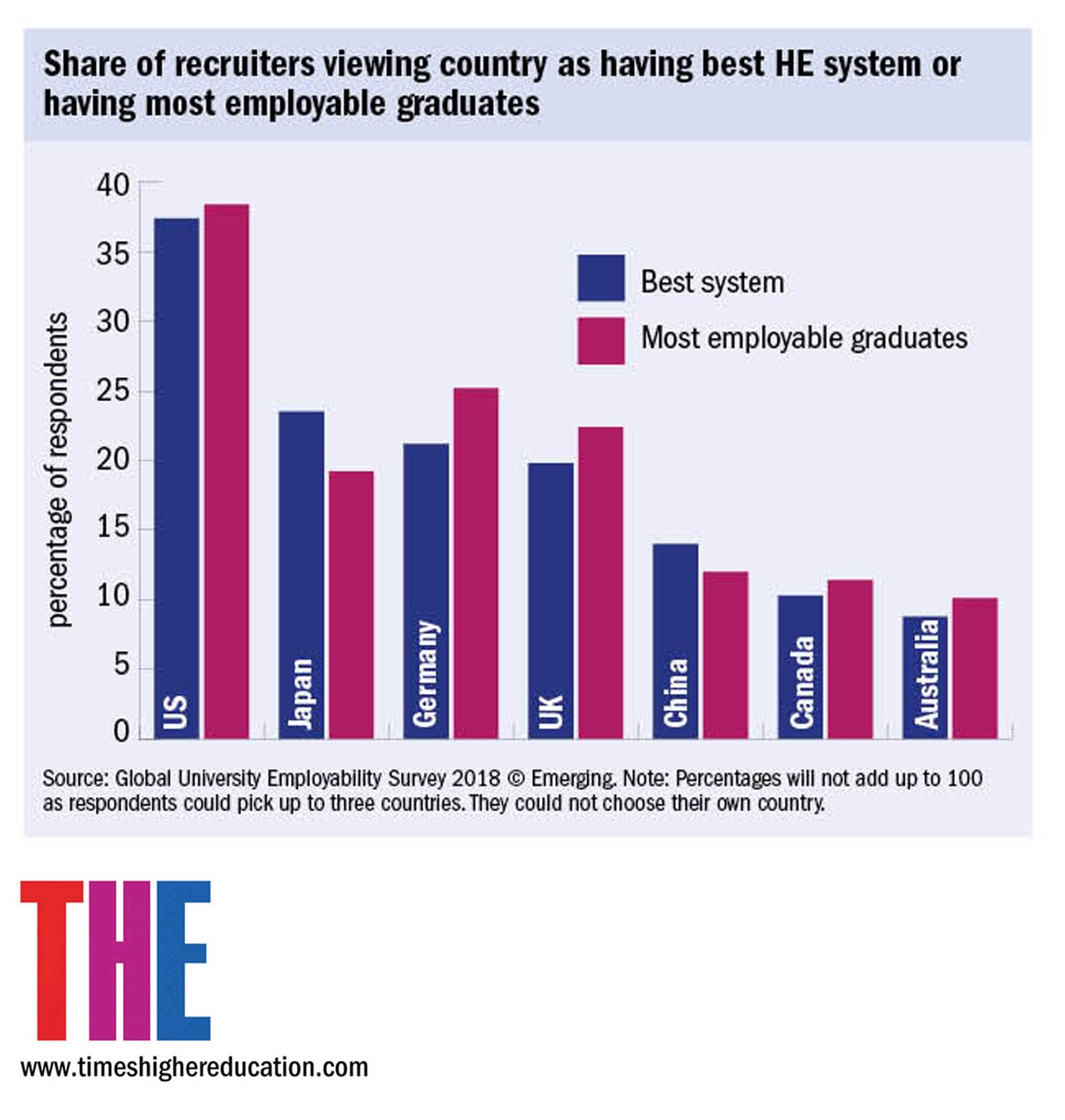Which Country Has the Best Education System?

Which Country Has the Best Education System?
- 2108
- 0 Comment
When you look at other countries with similar education systems, you’ll notice that they’re quite different from each other. The education system in Finland, for example, is described as fair, inclusive, and has worked for 60 years. The system has proven to be effective, and the average exam scores and reading age of students in Finland are significantly higher than in many other countries. Finland has a system that aims to educate every citizen, regardless of their background or economic status.
Finland
It may seem that Finland has the best education system in the world, but this is not the case. The country’s educational system was not always so great. In fact, it was not until 50 years ago that the Finnish government began examining its education system and introducing progressive reforms. These reforms proved to be necessary for the future and the structure of the system was changed. Today, the system emphasizes incremental life skills, preparing students for their future roles. This education system is free for citizens and residents of the EU/EEA, making it possible for anyone to access it. The system also emphasizes the right of everyone to education.
Denmark
The Danish education system is world-class and coherent. It includes continuing education, adult education, global perspective, and strong education environments. In addition to ensuring that students get an excellent education, it also ensures that Danish educational institutions govern themselves, which ensures that quality education is provided. This system is particularly effective because of its geographic coverage. Students living in rural areas are more likely to attend private schools than those in urban ones. There are several reasons why Denmark is considered to have the best education system in the world.
South Korea
A primary school in South Korea consists of grades 1 through 6 and is called a codeunghaggyo. This type of school is very competitive, with students studying increasingly long hours to pass exams and get into college. Many of these schools employ specialised teachers to teach certain subjects, such as foreign language. Moreover, because the education system in South Korea is aimed at cultivating primary school teachers, students in elementary schools also attend cram schools.
Australia
The most recent PISA study shows that Australia’s education system is the best in the world, with the largest proportion of graduates with a Bachelor’s degree. The results of the study show that the most educated state is ACT, with the lowest level of education being Tasmania. The ACT maintains its position as the best student city, while Melbourne retains second place. The PISA results are used to measure education quality in various states and territories around the world.
Cuba
As a Third World country under a long economic siege from the United States, Cuba is naturally limited in resources. However, the education system of Cuba deliberately promotes social mobility by providing equal opportunities for all citizens. Its education system is exemplary, as it consistently scores highly in the Programme for International Student Assessment (PISA) tests, which measure the reading, math, and science abilities of 15-year-olds worldwide. The tests measure reading and math skills and are conducted every three years.
Israel
Despite the massive increase in the budget for education in Israel, the education system hasn’t made any changes. The coronavirus crisis has brought to light the need for a more localized approach, but the centralized system has only narrowed the focus and left gaps to fill. In addition, the Education Ministry is the single largest employer and trainer of teachers, which has curbed creativity and innovation in teaching methods.
Netherlands
The Netherlands has one of the most comprehensive education systems in the world. Elementary school focuses on maths, reading, and writing and students are encouraged to make their learning as fun as possible. Parents do not have to worry about the pressure of homework, because the children are allowed to play and learn as much as they want. And, with the long school holidays, children have plenty of time to relax and enjoy the sights. Even after school, there is time for extracurricular activities.
Switzerland
The state education system in Switzerland is rated above average in OECD countries, and is remarkably stable. The Swiss system is run by the federal government and the twenty-six cantons, each with its own slightly unique educational structure. Children in Switzerland begin school at age six and are divided into two categories, upper secondary and lower secondary, based on their abilities. Both types of secondary education cover a wide range of subjects, including maths, sciences, arts, and several languages.
Peru
The government of Peru has invested significantly in education and has a reputation for offering the best education system in Latin America. While Peru has a free public education system, there are many private schools operating in the country. The country’s national curriculum is set by the federal government and overseen by local education authorities. The academic year in Peru runs from the beginning of March through the middle of November/December, and because the country is located in the southern hemisphere, it includes summer holidays in July and winter holidays in December.
Ukraine
The higher education system in Ukraine has experienced rapid growth over the last century. As a result, the country has increased the number of higher education institutes to 146. In addition, more than 850 000 students are pursuing different courses in Ukrainian universities. The total number of students is currently 1,586 700. Ukraine’s higher education departments are flourishing. This country has one of the most diverse education systems in the world. Whether you want to pursue a PhD or doctorate degree, or you just want to expand your network of contacts, there are plenty of ways to obtain a degree in Ukraine.

